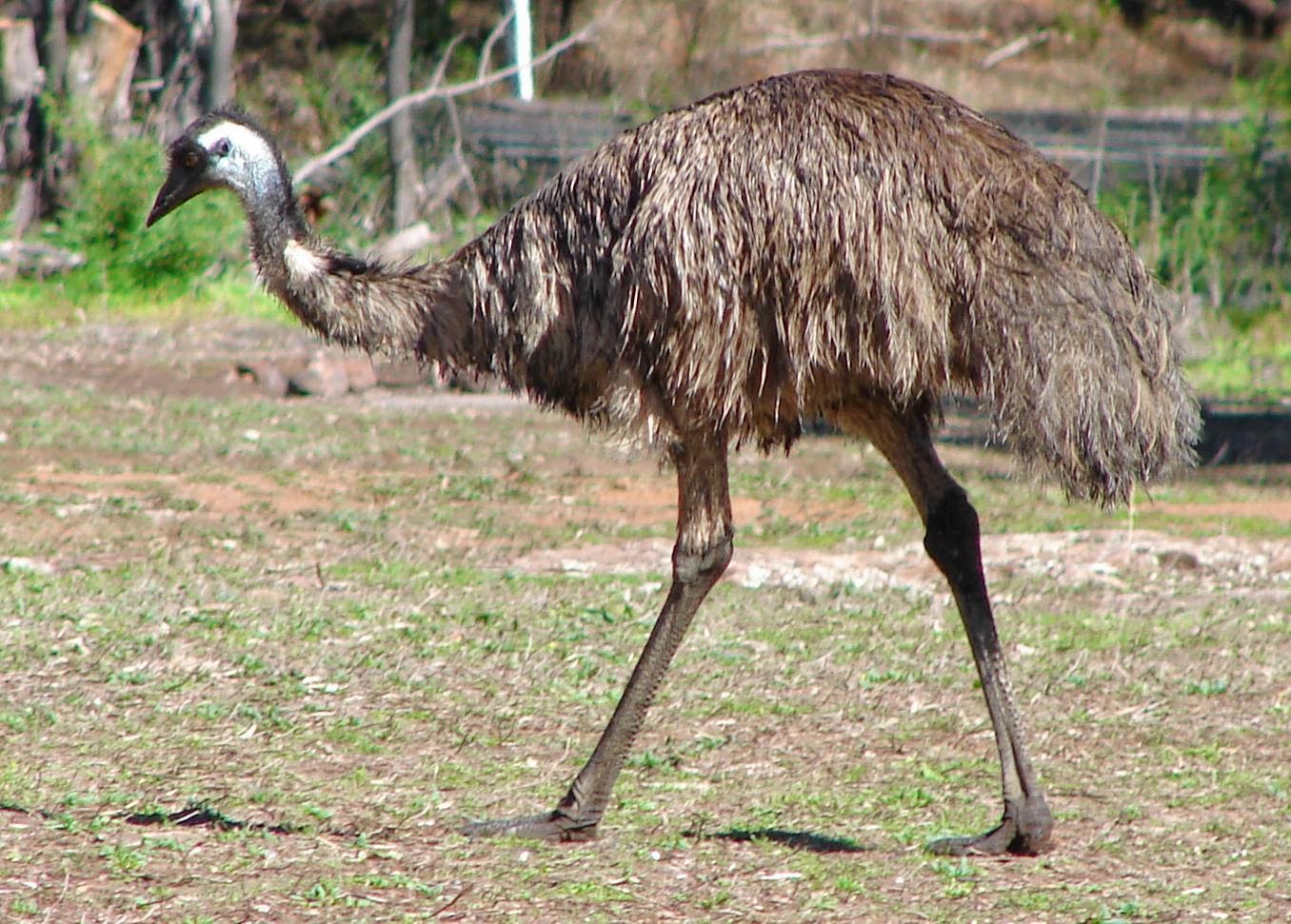Moray Eel
Moray Eel is a ambush hunter . It hides in a hole of coral, when any fish comes near it catches it. It has sharp
teethes to tear it's prey. It has enemies like Banded sea krait.
Anatomy
The body is generally patterned. In some species, the inside of the mouth is also patterned. Their jaws are wide, framing a protruding snout. Most possess large teeth used to tear flesh or grasp slippery prey items. A relatively small number of species, for example the snowflake moray (Echidna nebulosa) and zebra moray (Gymnomuraena zebra), primarily feed on crustaceansand other hard-shelled animals, and they have blunt, molar-like teeth suitable for crushing.
Behavior
The rationale for this joining of forces is the ability of morays to enter narrow crevices and flush prey from niches not accessible to groupers. This is the only known instance of interspecies cooperative hunting among fish. Cooperation on other levels, such as at cleaning stations, is well-known.
PREY AND ENEMIES
SAVE ANIMALS
—It's super-easy to help animals, no matter how old you are. Check out how Save Animals to get a jump-start on making a huge difference in the lives of animal everywhere: Animals are alive for their own reasons, not to entertain us. Animals in movies, circuses, and zoos are denied everything that is natural and important to them. They will never be allowed to hang out with their families, graze, or do anything that they would do in the wild. Refuse to support this cruelty by never going to a zoo, marine park, or circus that uses animals. If your class is planning on dissecting any animal, ask your teacher for a humane alternative assignment, such as using a computer program to perform a virtual dissection. An animal will be saved, and you will actually learn and remember way more! Check out more info on how to get a dissection alternative at your school.
— THE END
—THANK YOU


















-L+(1).jpg)





.jpg)






.jpg)






